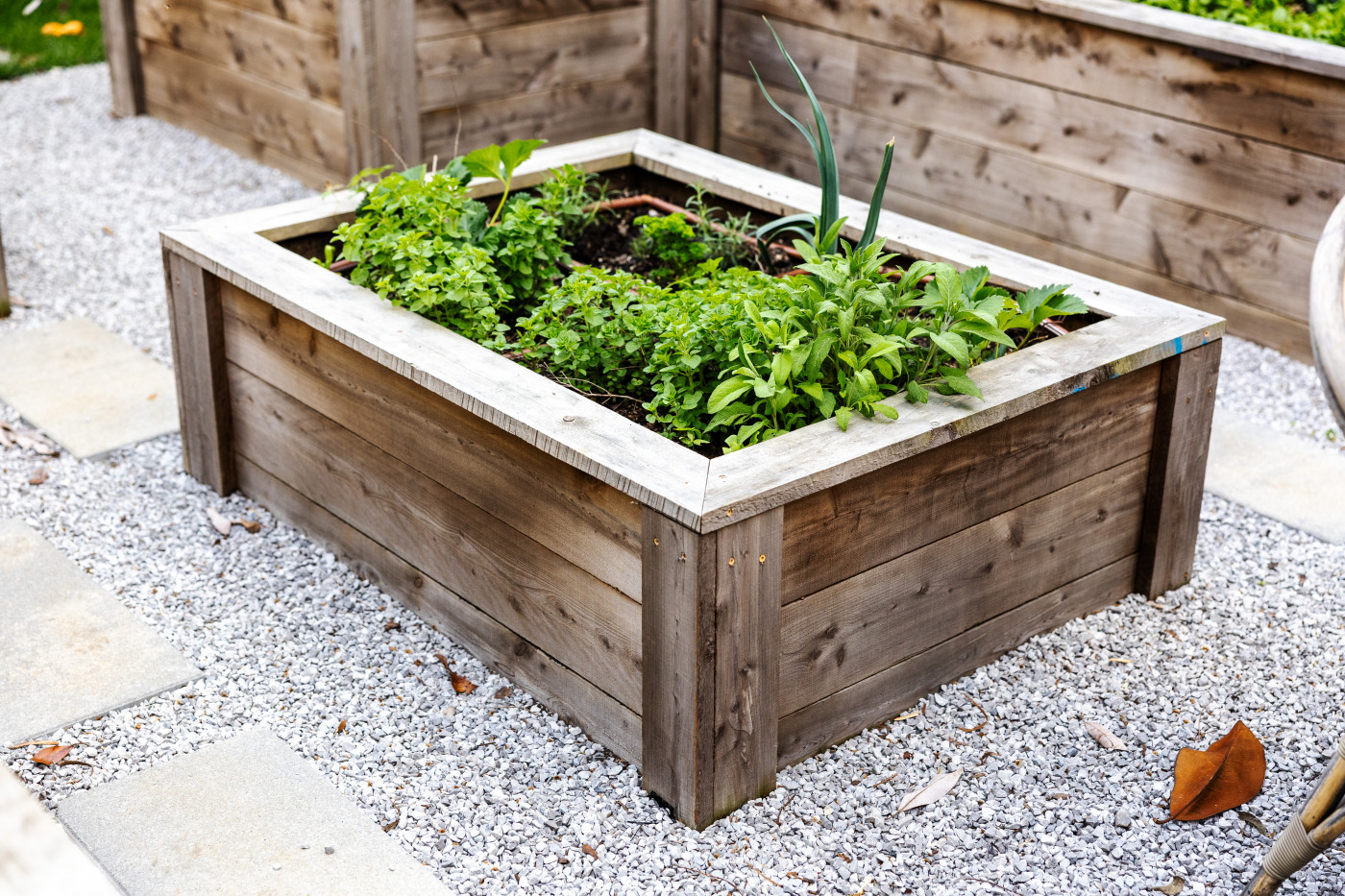Introduction
Building garden beds with treated wood has become a popular choice among gardeners seeking durability and longevity. However, concerns about safety, environmental impact, and wood quality often arise. This article dives deep into the world of treated wood for garden beds, providing expert insights and practical advice to help you make informed decisions. We’ll explore types of treated wood, safety considerations, installation tips, and sustainable alternatives to ensure your garden thrives for years.
What Is Treated Wood and Why Use It for Garden Beds?
Treated wood undergoes a preservation process where chemicals are infused to resist rot, insects, and decay. This treatment significantly extends the wood’s lifespan, making it ideal for outdoor structures like garden beds.
Benefits of Treated Wood in Gardening
- Durability: Resistant to moisture and pests, treated wood can last 10-20 years outdoors.
- Cost-Effectiveness: Compared to naturally rot-resistant woods like cedar or redwood, treated wood offers a budget-friendly option.
- Structural Strength: Maintains integrity under soil pressure and weather changes.
Experts recommend treated wood for raised beds in climates with high humidity or termite risks, ensuring your investment withstands environmental challenges.
Safety Concerns and Choosing the Right Treatment
A common question is, “Is treated wood safe for growing edibles?” Earlier treated woods used chemicals like chromated copper arsenate (CCA), now restricted due to toxicity risks. Modern treated wood typically uses safer preservatives.
Safe Wood Treatments for Garden Beds
- ACQ (Alkaline Copper Quaternary): A copper-based preservative, considered safe and widely used.
- Copper Azole (CA): Another copper-based, low-toxicity option.
- Micronized Copper: Uses smaller copper particles, reducing chemical leaching.
Tips for Safe Use
- Line the inside of the bed with a heavy-duty plastic barrier to minimize soil contact with the wood.
- Avoid using treated wood if you prefer organic gardening without chemical exposure.
- Wear gloves and masks during cutting or sanding to avoid inhaling wood dust.
According to the University of Minnesota Extension, properly selected and installed treated wood poses minimal risk for gardening applications.
Installation and Maintenance Tips for Longevity
Proper installation enhances the lifespan and safety of treated wood garden beds.
Installation Best Practices
- Elevate Beds: Ensure good drainage by elevating beds slightly to prevent water pooling.
- Use Corrosion-Resistant Fasteners: Stainless steel or galvanized screws prevent rust.
- Seal Cut Ends: Apply a wood sealant on cut sections to protect untreated areas.
Maintenance Guidelines
- Inspect annually for signs of rot or damage.
- Reapply sealant every 2-3 years to extend life.
- Avoid direct contact with untreated soil; use quality garden soil mixed with compost.
Regular upkeep ensures your garden beds remain safe and sturdy.
Alternatives to Treated Wood for Eco-Friendly Garden Beds
For gardeners prioritizing sustainability or chemical-free growing, several alternatives exist.
Natural Rot-Resistant Woods
- Cedar: Naturally repels insects and resists decay.
- Redwood: Durable but more expensive.
Composite Materials
- Made from recycled plastics and wood fibers, composites resist rot and require minimal maintenance.
Recycled or Repurposed Materials
- Using reclaimed barn wood or bricks can create unique, eco-friendly beds.
Choosing alternatives depends on budget, aesthetics, and gardening goals.
Conclusion
Treated wood offers a durable, cost-effective solution for raised garden beds, especially in challenging climates. Modern treatments significantly reduce health risks, making treated wood a viable option when combined with safety practices like lining and sealing. Proper installation and maintenance further prolong the wood’s life. For eco-conscious gardeners, natural rot-resistant woods and composites provide excellent alternatives. Ultimately, selecting the right material hinges on balancing durability, safety, environmental impact, and budget. Start your garden bed project with these insights to ensure a safe and thriving garden space for years to come.
